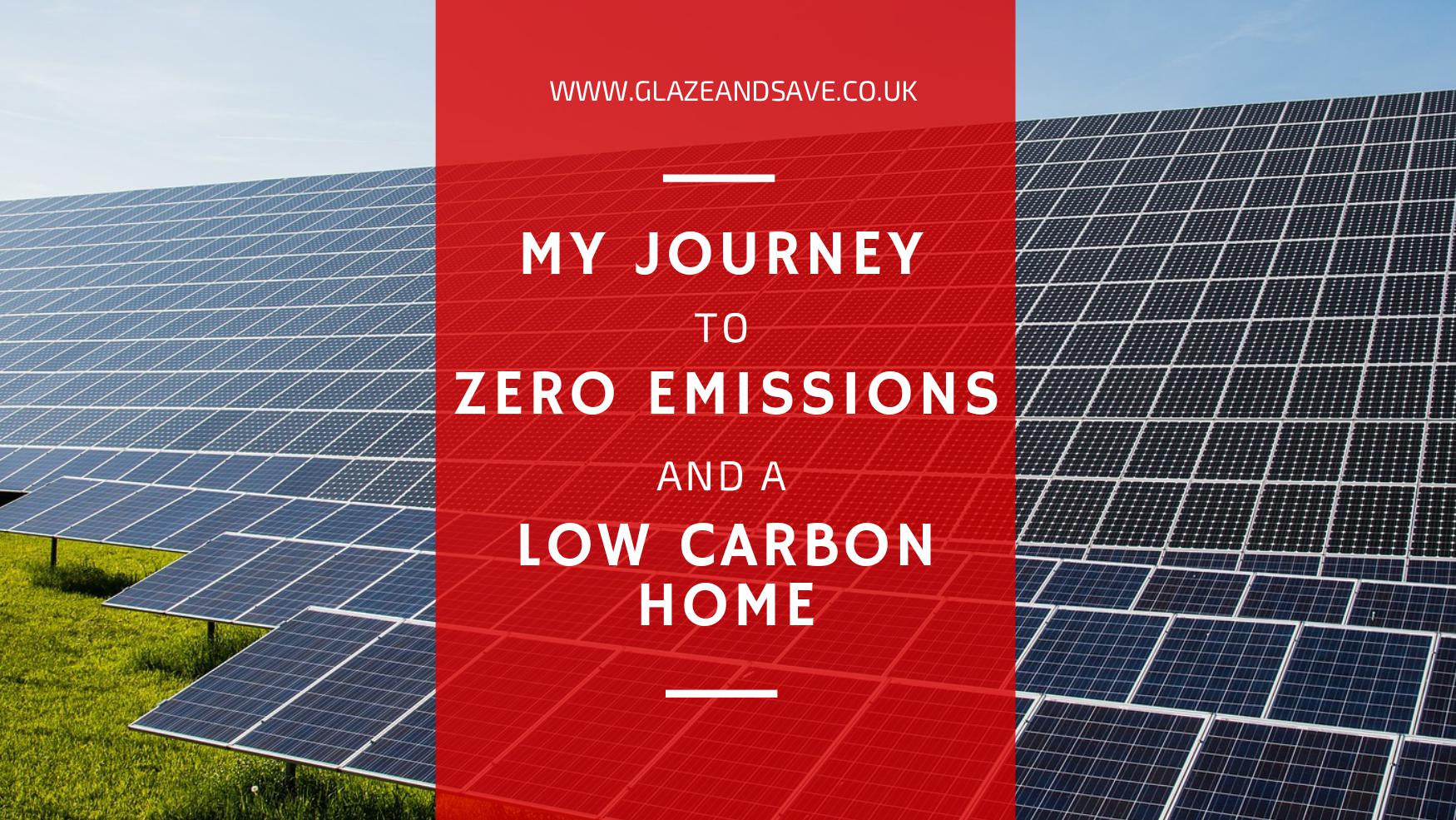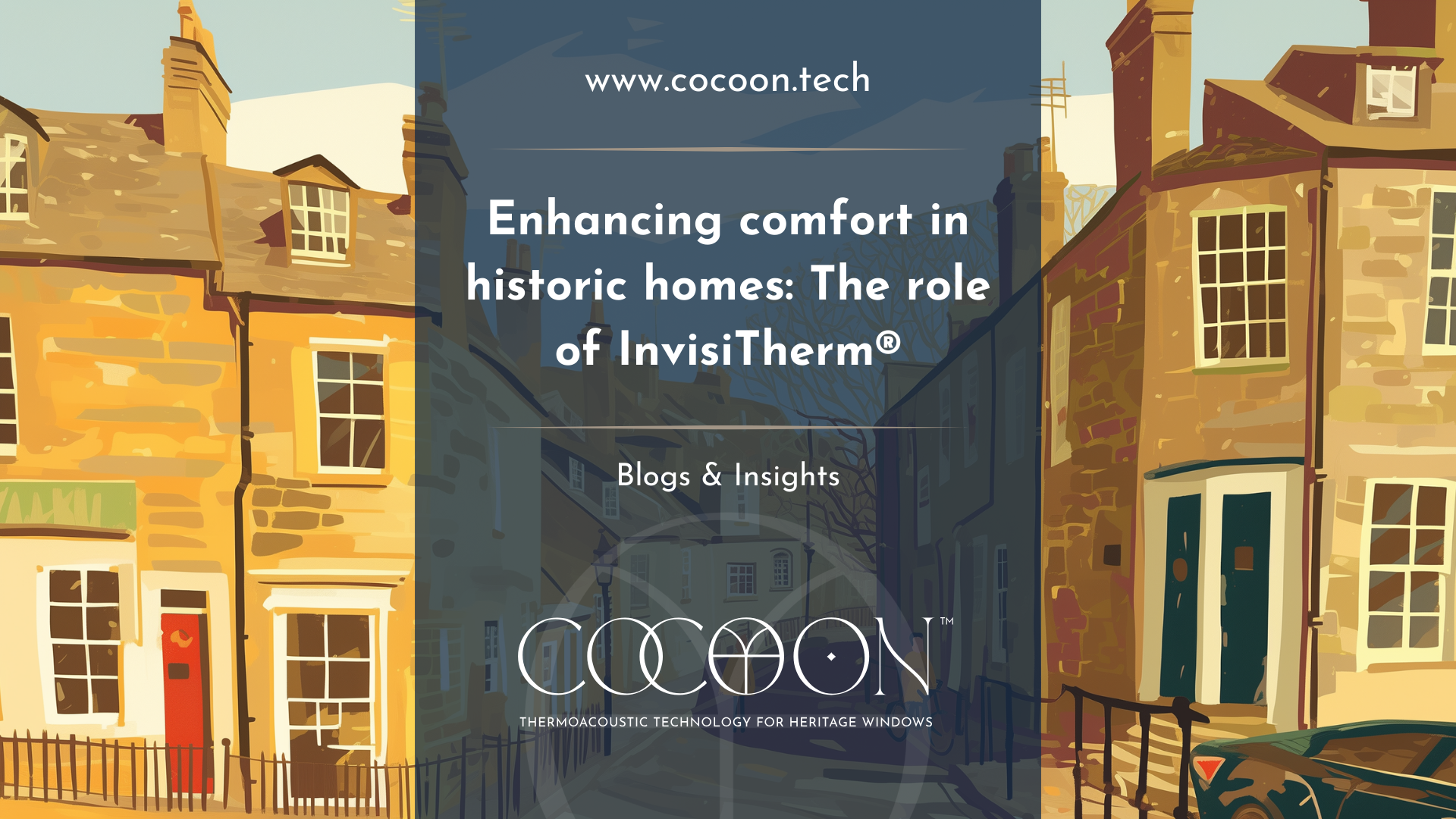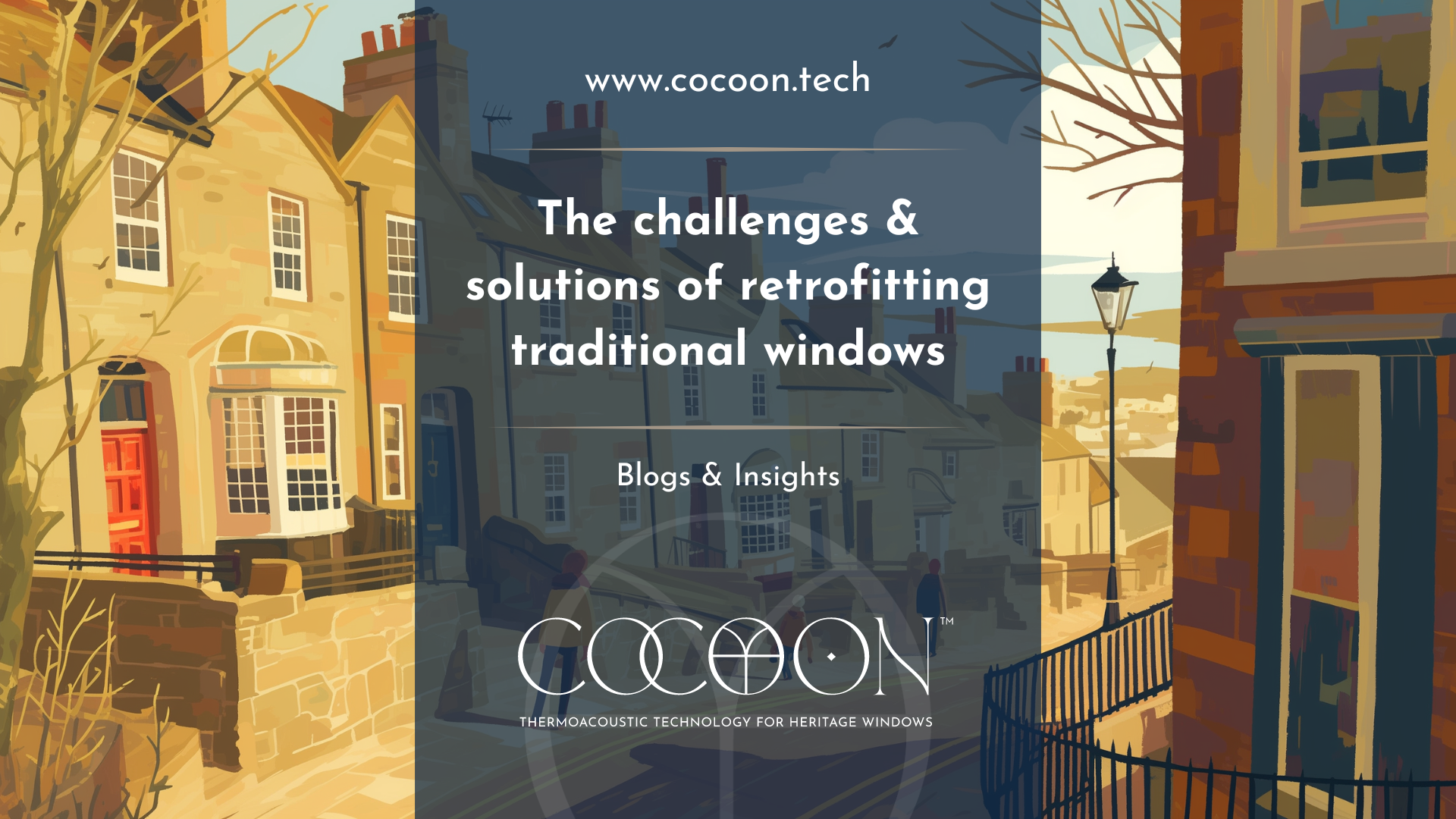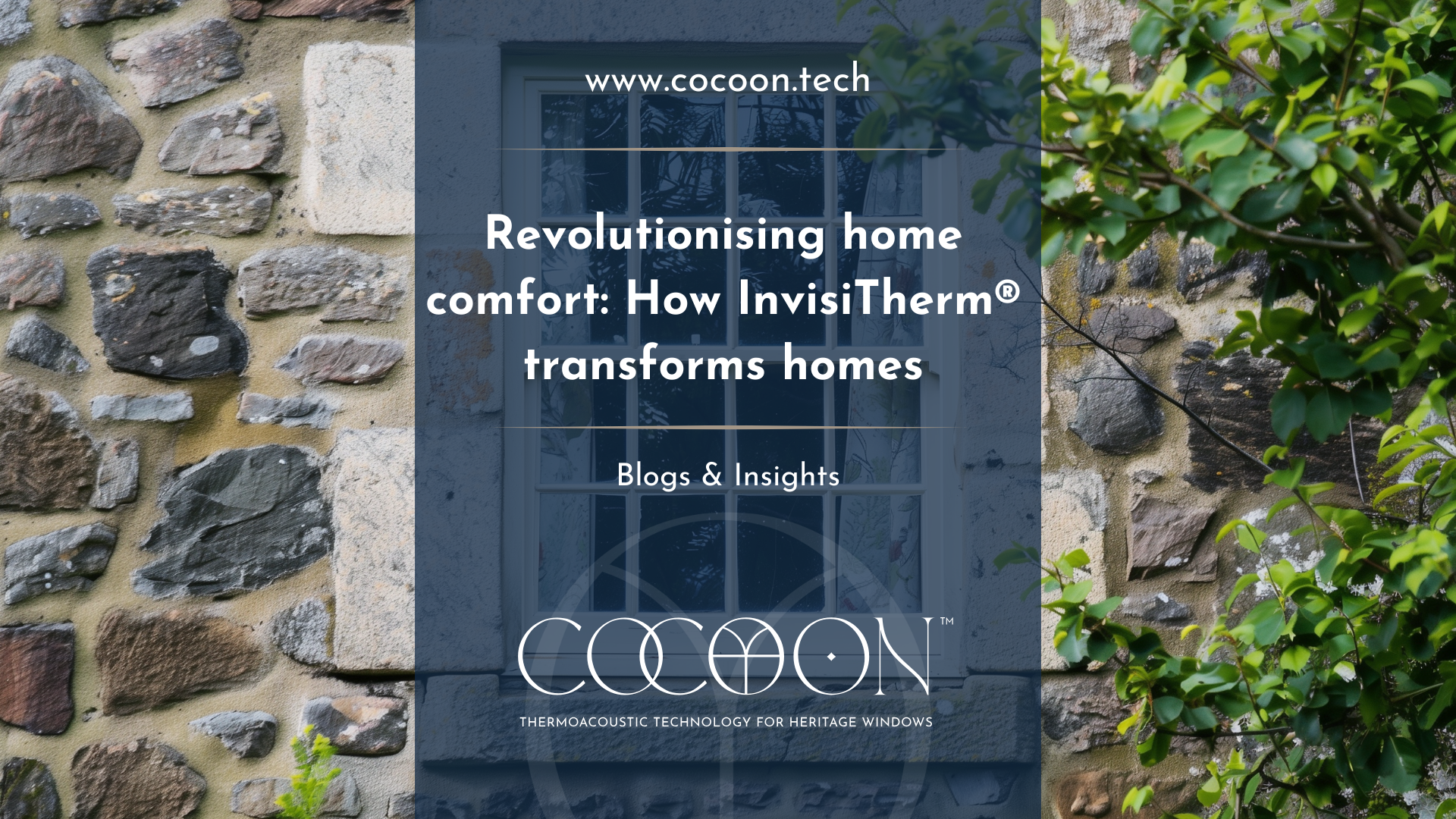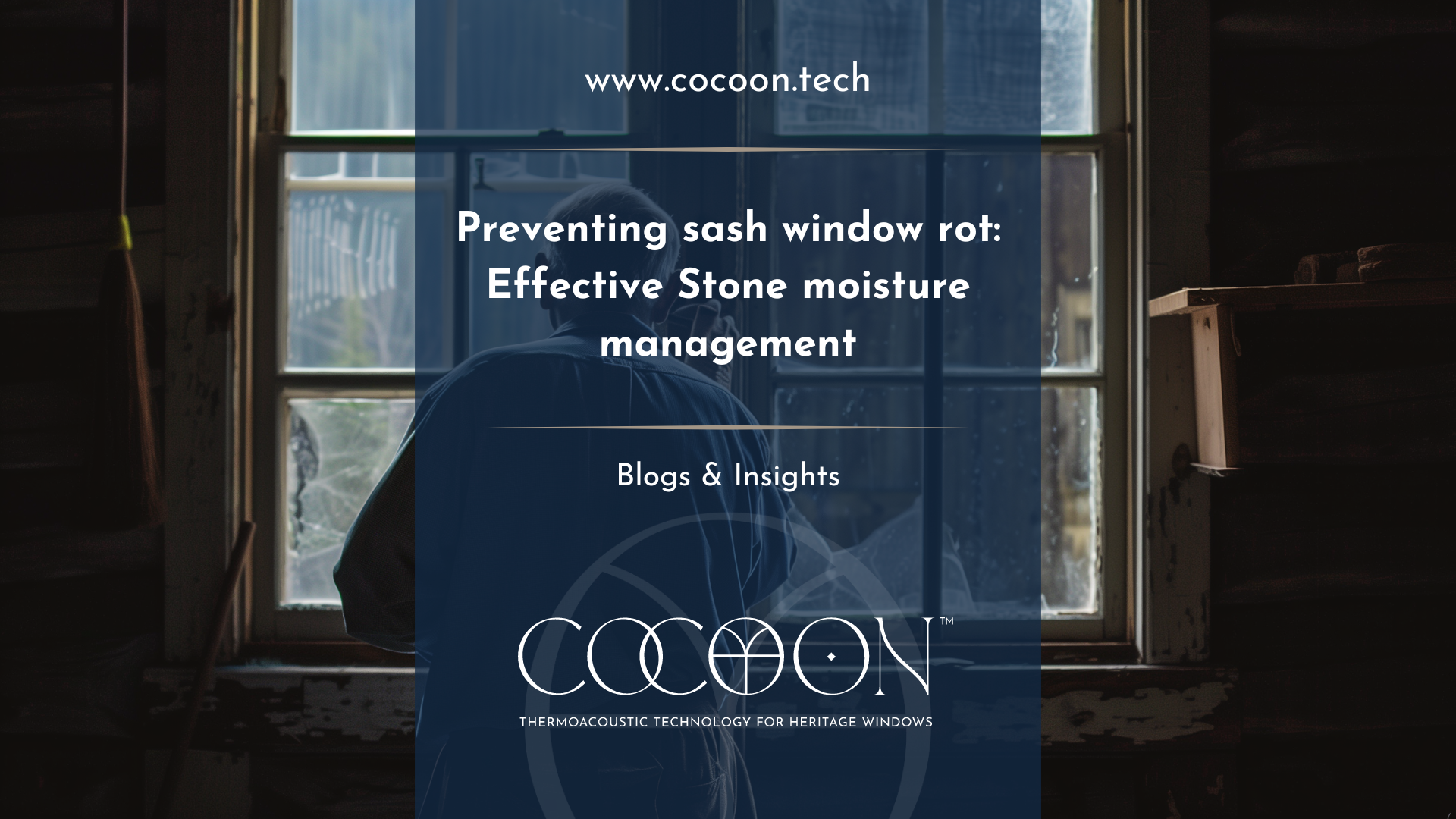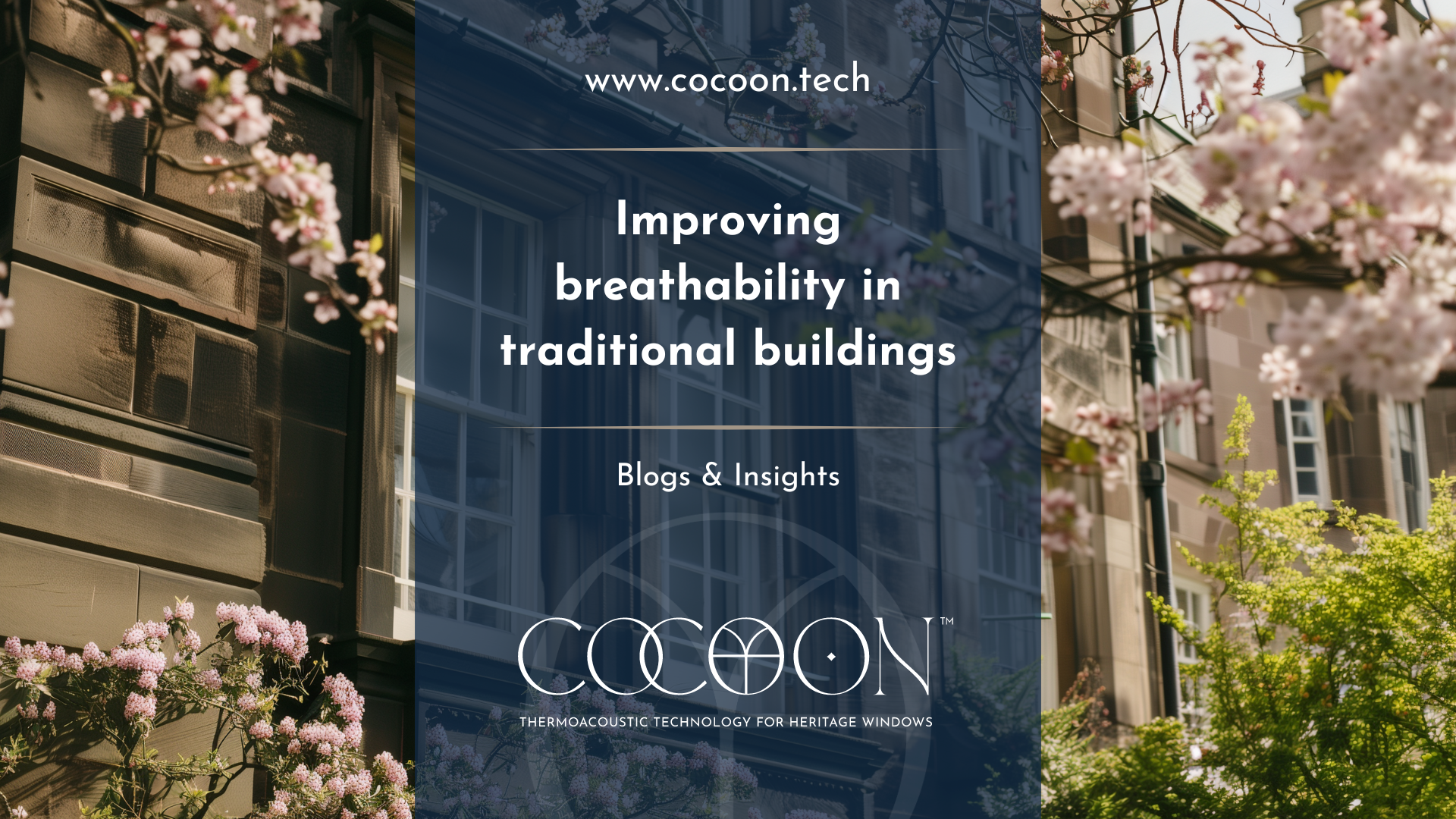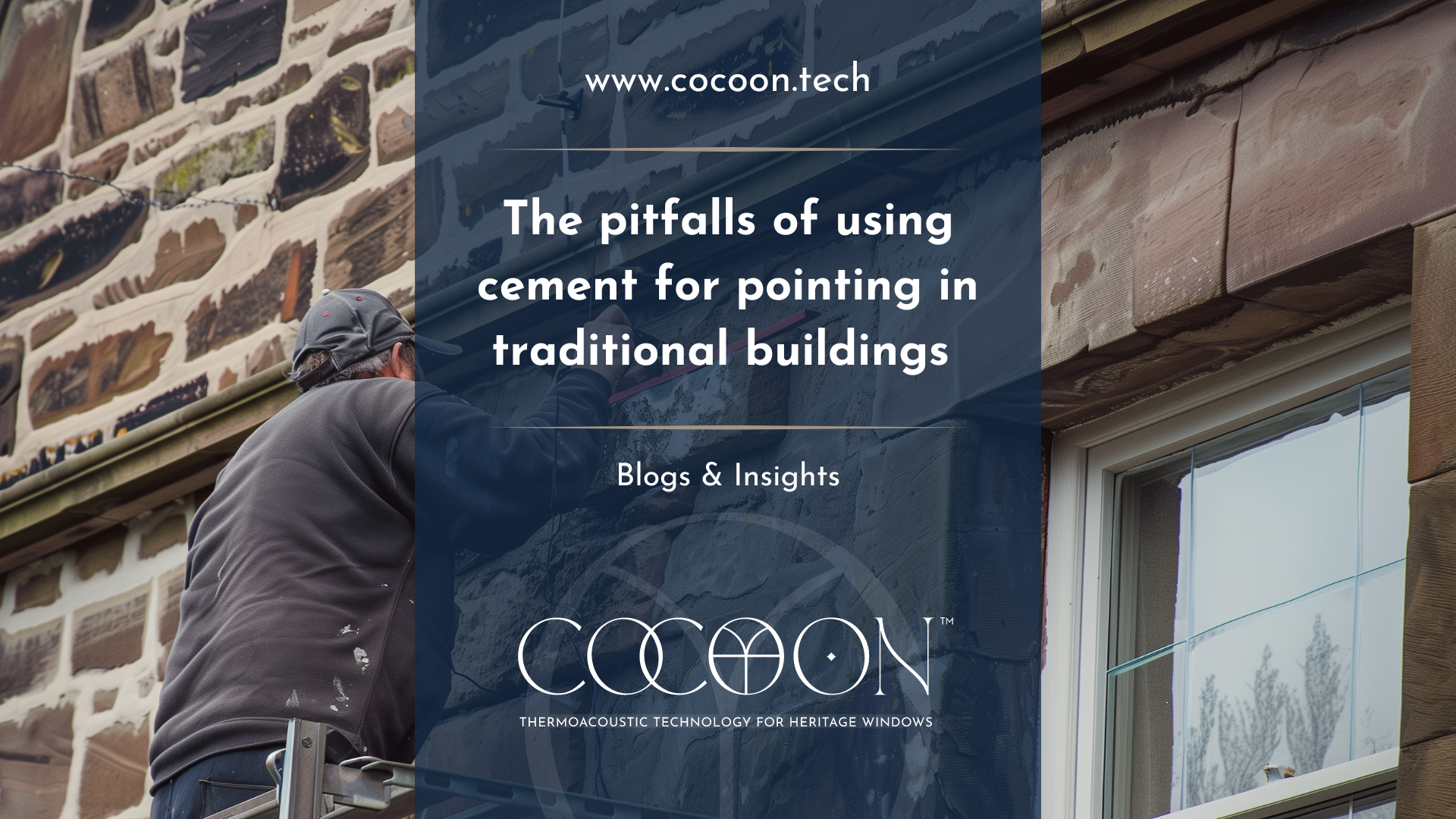My Journey to Zero Emissions and a Low Carbon Home | Glaze & Save
Today is Zero
Emissions Day
, and it has never been so vital that we make the switch to a
greener, cleaner and less wasteful society.
It is up to each of us to take care of the planet, and it is up to each
of us to call for change. Zero Emissions Day is a 24-hour moratorium on the use
of fossil fuels. One person who has worked
on reducing her home and transport emissions is
Shirley Paterson,
founder and energy adviser at NextGenergy
, and two times VIBES Award finalist. In the second part of our 2-part guest
blogging series featuring Shirley, she will be telling us about her carbon-saving
journey.
In my work as an energy adviser, customers often ask me where my passion for the job comes from. For me, there are a number of reasons why I have so much enthusiasm for energy efficiency. The seed was sown on a visit to the Centre for Alternative Technology in Wales some 40 years ago on a family holiday, but it was from the complete renovation of my own home that my journey into energy efficiency really began.
Long before I even kicked off my career as an energy adviser, I embarked on an extensive conversion and improvement of my own property. Having invested in energy efficiency measures and renewable technologies, my family home now sits comfortably with a high Energy Efficiency Rating in Band B on its Energy Performance Certificate (EPC), with an impressive (if I do say so myself) 88 points – it is only 4 points from being in the top potential Band of A, which can be expected of a new build property, but far less achievable for an older retrofitted property. An EPC rating reflects the current efficiency of a home, taking account of both energy efficiency and fuel costs. The higher the rating, the lower the fuel bill running costs are likely to be!
As well as implementing energy-saving improvements made to the property, my home has now also become such a convenient ‘fuel-station’ for our transport, as I have been driving an electric car since 2014 (together we’ve travelled 65,000 miles!). My transport is completely emissions free, and thanks to the renewable technology I have installed on my property, much of the time it can also be completely free to fuel here at home, due to how I manage the use of our on-site generated electricity from our solar pv panels.
The Environmental Impact Rating of my home also has a high rating in Band B with 85 points (and this excludes my electric car charging activity) – this rating reflects the effect of my home on the environment in terms of carbon dioxide (CO₂) emissions. The average Environmental Impact Rating for a home in Scotland is in Band D with 59 points.
A bonus has been the financial outcome of making these improvements - my energy bills have reduced by 42% per year compared with where they were in 2011 prior to implementing these changes which have made such an enormous impact on the cost of our car fuel and home energy bills – here this has amounted to a saving of more than £3,000 per year!
What did I do to my home to experience such dramatic results? A mixture of high impact measures made for the best outcome, including:
· Condensing regular mains gas wall-mounted boiler – when we were extending our house in 2009, we replaced the property’s original floor-standing non-condensing mains gas combi boiler – the new boiler was fitted in the garage, freeing up space in our hall cupboard to accommodate a 250-litre hot water tank
· Double Glazing – replaced some faulty double glazed keeping their original timber frames, when extension was being constructed, rather than replacing the blown ground floor windows with entire new windows
· Draught-proofing – of all windows and doors
· Floor Insulation – our ground floor suspended timber floor of original 1989 build had no insulation beneath it, though it had a good depth for the insulation fitters to work in between the floor and the solum to ensure our home was better insulated to prevent our heat escaping
· Loft Insulation – loft in our case, with a room-in-roof style of roof - as is reported in an EPC, refers to the floor level insulation in the eaves spaces – these areas were well insulated during our extension’s construction
· Room-in-Roof Insulation – this is insulation around the heated space of the rooms on the 1st floor – our extension - ie up the vertical walls, up the slopes of the combed ceiling and at the flat ceiling
· Low Energy Lighting – we have very low energy LED lighting throughout our home now – we have since changed the 11-watt compact fluorescent bulbs that were fitted in the new extension’s light fittings, with 5-watt LEDs – not just for the 6-watt energy gain per spotlight, but because they give off a better quality of light over the earlier CFL bulbs
· Solar PV Panels – we retrofitted solar panels onto our extension’s roof in 2011 to generate our own supply of electricity on-site, however I now know of a better option whenever a new roof is involved – solar panels can be inlaid into a new roof, so that the panels are more aesthetically pleasing to look at, and sit flush with the slates or tiles
· Solar Water Heating – we don’t have solar thermal panels for water heating – but do successfully heat a substantial amount of hot water in our 250-litre tank, smartly, via the use of a solar pv diverter device which smart switches instantaneously any surplus pv panel-generated electricity into the heating of hot water, whenever we are not using all the solar electricity
· Smart Technologies – we have an energy management system, managing the cycling of our boiler, it uses weather compensation, with a temperature feed coming from the Met Office’s Leuchars’ weather station – this system also monitors our solar electricity generation, and has 3 smart plugs – we can power devices smartly from surplus energy, in the same way as our water tank can heat water using surplus pv energy
· Electric Car Charging points – much learning on the car charging front – we started off in 2014 with only a 7kw chargepoint, with a tethered lead attached to it – we also now have a 3½kw chargepoint untethered (we use the leads that came with the cars when using this future-proofing untethered lead charging option) – and we have 2 external 13-amp sockets safely installed, beside our 7kw chargepoint, to trickle charge the cars, wisely managing our solar pv-generated energy, and also usually leaving solar energy available for concurrent use to power an appliance or heat water in the house
The home improvements made here have also been remotely assessed by the National Energy Foundation’s SuperHome initiative, and through the energy-saving improvements which we have done, they have calculated that we have reduced the carbon footprint of our property by 64%. Given that the property was built in 1989, then extended in 2009, an overall 64% improvement is an excellent result, and we are delighted that our family of 5 now live in this home with a lower carbon footprint on the environment.
You may wonder why we chose to start our retrofit journey with such a major extension project which literally involved having our home’s roof taken off, and a new room-in-roof design constructed, and the rear of the ground floor layout re-designed. We had a young growing family at the time – now they’re 19, 19 and 21! This was a far less disruptive option for us (it was all of 10 weeks of disruption during the conversion itself) – we have considered the disruption in terms of potentially having to move our kids out of their present school, to a school in another area closer to a suitably sized house we may have found, and any new home may also have required further improvement. We had looked around our local area and hadn’t found a property offering any advantages over what we already had, given it had the potential it had to be extended upwards. We had already invested in upgrading bathrooms, kitchen and garden – we also liked the area we’ve lived in since 1992 and we really had made this our home preferring not to move. In the end, the costs involved in altering our present home through extending it, was a far more cost-effective solution than the costs involved in selling, moving, purchasing a new home and upgrading any of those homes for sale in our local area which we had viewed. It has worked out very well – we are delighted with the outcome achieved – and I have to say we had superb builders!
It’s important to think outside of the box when looking at the energy efficiency improvements that you can add to your home. Whilst I did in fact replace a 1989 non-condensing floor-standing mains gas combi boiler with a condensing regular gas boiler in 2009, if faced with changing my heating system today, staying with gas certainly would not be my automatic choice – occupancy factors, and existing renewable technologies need to be considered too. I also find so many clients who think that upgrading their heating system means that they need a new boiler using the same fuel and that is that. A heating upgrade does not necessarily mean that old storage heaters need replacing with new storage heaters, or that a boiler needs replacing with a boiler! There are now other renewable options that can be more than three times as efficient, cost-effective to run, with Scottish government funding available to support their implementation, and UK-wide financial incentives to transition off fossil fuels bringing the additional benefit of reducing reliance on fossil fuels, and further benefits environmentally, and even more so when a home is already, or can be, a mini power station, generating its own electricity.
You will likely by now have a sense of how passionate I am about supporting progressive improvements, all with the aim of encouraging us to use less costly energy – costly in terms of impact on our environment as well as our pocket. I believe we can all upgrade our properties to facilitate this, and I have witnessed and enjoyed the additional financial benefits of doing so, hence why I am so encouraging of clients to embrace this sooner rather than later!
One thing that is obvious to me is the massive scope for improvements across the board: from property upgrades and energy efficiency ratings, to the tools we assessors currently use in our reporting – I am certainly evidencing examples of innovation in properties, which as yet don’t get reflected in an EPC – so scope for further development of the EPC as a standardized means of measuring what exactly is going on in our properties with energy - some properties are even storing energy now too, in the form or heat and electricity stationary storage batteries for their own property’s consumption later on, rather than exporting on-site generated energy, and later drawing on more fossil fuel or grid-supplied energy to heat and power our homes – and cars! Even the way I do at home, using my hot water tank to store solar-generated electricity in the form of heated water, reduces my use of fossil fuel to heat the water in that tank!
I have found that assessing properties, producing clients’ EPCs, sharing appropriate energy-saving advice, and indeed first-hand experience, has helped so many clients on their journeys, reducing their impact on our environment too. My home in Glenrothes has also now been listed on www.superhomes.org.uk as the first exemplar “SuperHome” in Scotland - now we have 4 exemplars on the Scottish map on this website! To qualify as a SuperHome, a property must be assessed by the SuperHomes scheme as having achieved a minimum of 60% carbon savings. With the coming introduction of Minimum Energy Efficiency Standards in Scotland, I can see this facilitating a change in general attitude that could see more energy-saving homes developing as a result!
Shirley Paterson is the founder of NextGenergy a "not only for profit" business, with giving at its core.
NextGenergy
offers energy advice and assessment in the form of Energy Performance
Certification (EPCs) and Advice Reports, while supporting the
installation of heat-generating and electricity-generating technologies,
and of energy-saving improvement measures such as glazing, boilers,
insulations and low energy lighting. Contact Shirley
here
to arrange your energy assessment.

